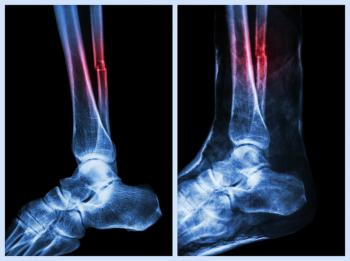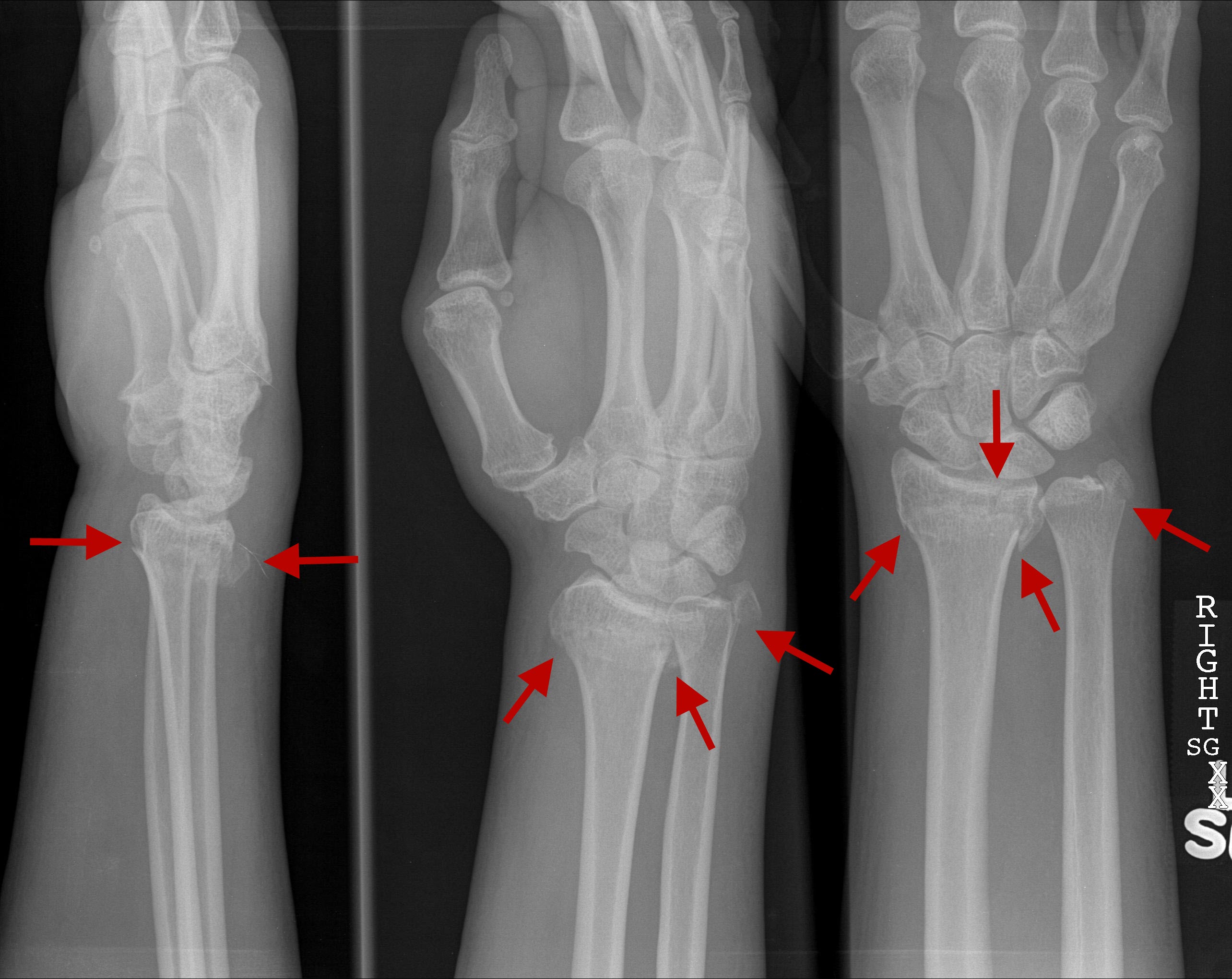

Follow-up radiographs show the presence of a transverse sclerosis, indicating osseous impaction. The knowledge of such a deformity is essential so as not to miss the fracture. Tibia and fibula fractures are characterized as either low-energy or high-energy. The fibula supports the tibia and helps stabilize the ankle and lower leg muscles. It is the main weight-bearing bone of the two. The tibia is much thicker than the fibula. They do not need to follow-up with an orthopedic provider. The tibia is a larger bone on the inside, and the fibula is a smaller bone on the outside. The Velcro wrist brace is the final treatment for your child’s fracture. They will be given a Velcro wrist brace ( Picture 1 ).

Hence, the necessity of two views for evaluation of these fractures. Diagnosing and Treatment Your child will have an X-ray that shows a distal buckle (torus) fracture (break). On lateral view there should normally a smooth line along the cortex of the long bone. Sometimes the features are visible only on the lateral view. On the AP view a subtle but slight bump is seen on the medial and lateral cortical margins. The changes are due to compression of the long bone.One must carefully differentiate a true torus fracture from an incomplete greenstick fracture.A torus fracture and a greenstick fracture are sometimes used synonymously.A true torus fracture is stable,with disruption and compression of only one cortex.In a greenstick fracture both cortices are disrupted and are subject to late displacement. It results in buckling of the posterior cortex and angulation of the anterior cortex, which remains intact. The fractures occur near the metaphysis, where the bone is most porous and the cortex thinnest. Like other long bones, the fibula has a proximal end (with a head and neck), a shaft, and a distal end. A long bone is defined as one whose body is longer than it is wide. It is found next to another long bone known as the tibia. The usual history is a fall onto an outstretched hand. The fibula is a slender, cylindrical leg bone that is located on the posterior portion of the limb.

In architecture, a torus is the bulge in the contour at the base of a column. The word "torus" is Latin and means a protuberance, a bulge. Torus fracture is probably the most common fracture involving the distal forearm in children between the ages 6 and 10 years.


 0 kommentar(er)
0 kommentar(er)
